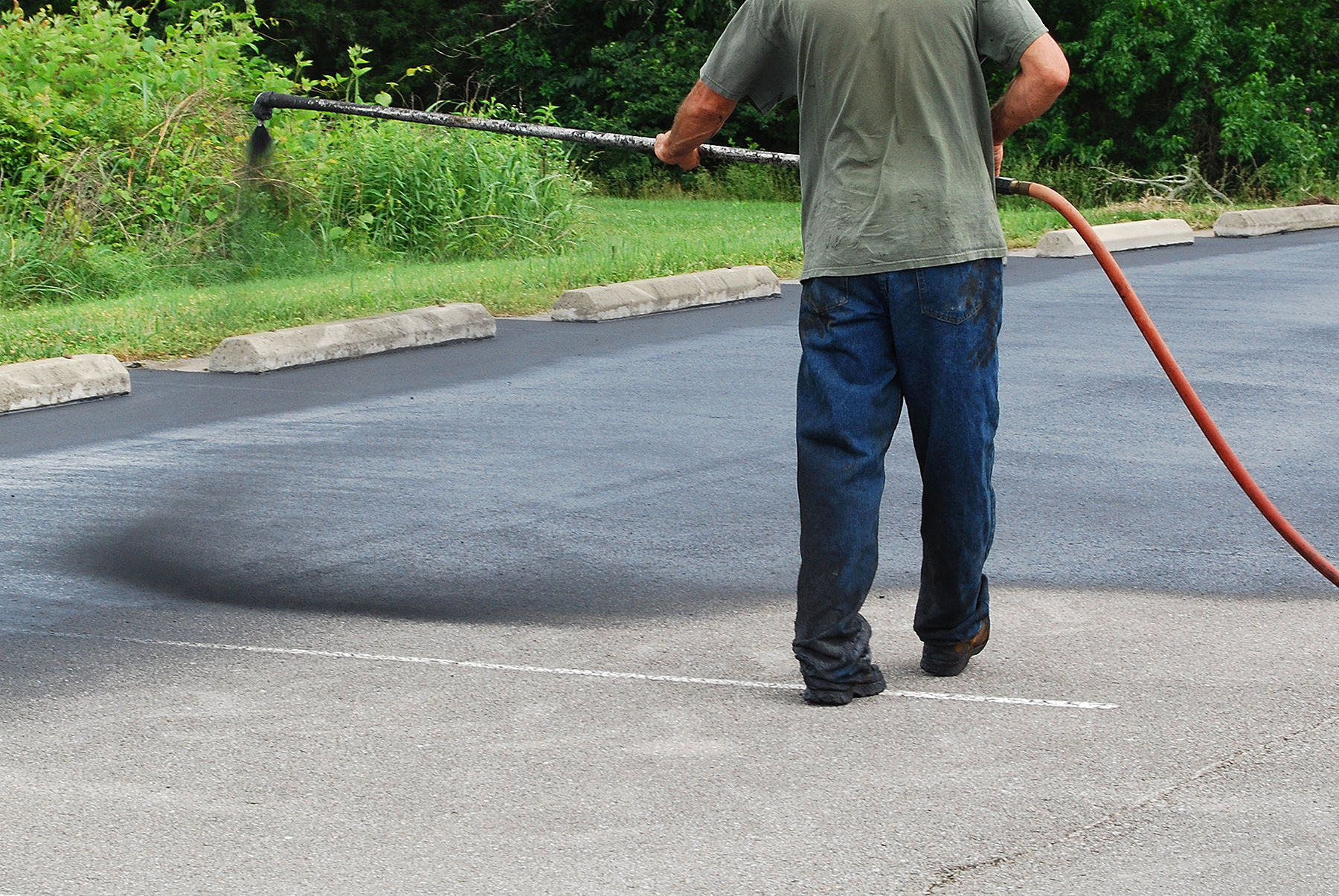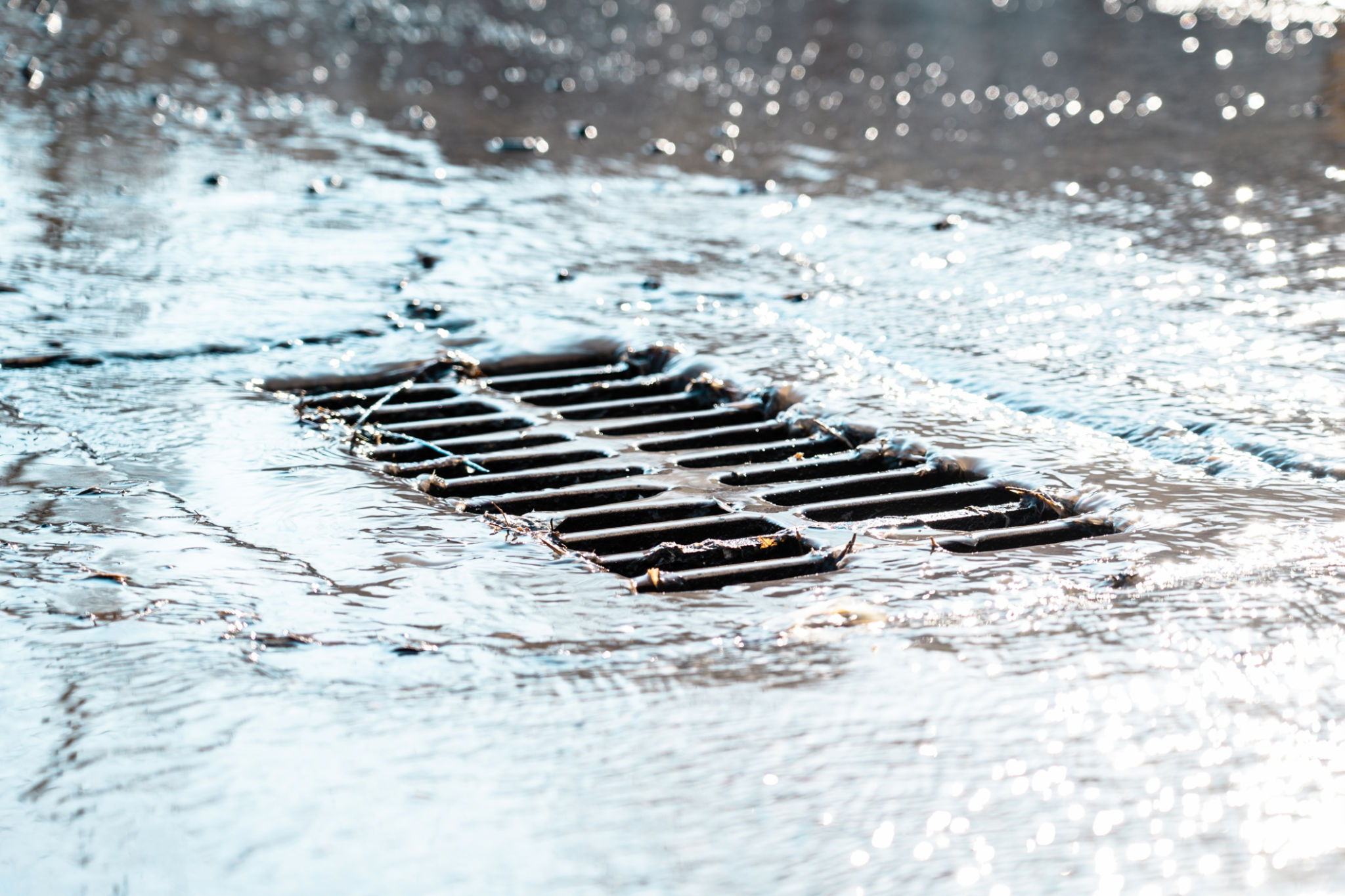Seasonal Guide: Preparing Your Asphalt for Winter in River Falls
Understanding the Impact of Winter on Asphalt
As winter approaches in River Falls, it's crucial to consider how the cold temperatures and harsh weather conditions can affect your asphalt surfaces. Asphalt is particularly vulnerable to the freeze-thaw cycle, which can lead to cracks and potholes if not properly maintained. Understanding these impacts can help you take proactive steps to protect your investment.

Inspect and Repair Existing Damage
Before the first snowflake falls, conduct a thorough inspection of your asphalt surfaces. Look for existing cracks, potholes, or any signs of deterioration. Addressing these issues early can prevent them from worsening during the winter months. Consider hiring a professional to seal any cracks or fill potholes, ensuring a smoother and safer surface.
Repairing existing damages not only extends the lifespan of your asphalt but also enhances safety. Cracks and potholes can become hazardous when hidden beneath snow or ice, posing risks to vehicles and pedestrians alike.
Sealcoating: A Protective Shield
Sealcoating acts as a protective barrier against moisture, chemicals, and UV rays. Applying a fresh layer of sealcoat before winter sets in can significantly enhance the durability of your asphalt. This process helps to prevent water from seeping into the asphalt, which is a primary cause of damage during the freeze-thaw cycle.

The best time to sealcoat your asphalt is during mild weather conditions, typically in late summer or early fall. This allows the sealant to cure properly before the onset of cold temperatures.
Ensure Proper Drainage
Effective drainage is essential for maintaining asphalt in winter conditions. Water accumulation can lead to serious damage, especially when temperatures fluctuate. Ensure that the drainage systems around your asphalt surfaces are clear and functioning correctly to prevent water from pooling.
Check for any obstructions in gutters or drains that could impede water flow. Proper drainage not only protects your asphalt but also reduces the risk of icy patches forming on the surface.

Regular Maintenance Throughout Winter
Once winter arrives, regular maintenance is key to preserving the integrity of your asphalt. This includes prompt snow removal and de-icing. Use non-corrosive de-icing agents to minimize potential damage to the surface while ensuring safety.
- Promptly remove snow to prevent excessive weight and moisture on the surface.
- Use gentle tools for snow removal to avoid scraping or gouging the asphalt.
- Avoid using harsh chemicals that can degrade the surface over time.
Plan for Post-Winter Repairs
As spring approaches, plan for a post-winter assessment of your asphalt surfaces. This is the time to address any new damage that may have occurred during the colder months. Early intervention can help maintain the longevity and appearance of your asphalt.
Consider scheduling a professional inspection to evaluate the condition of your asphalt and recommend necessary repairs or maintenance.
Conclusion: The Importance of Preparation
Preparing your asphalt for winter in River Falls involves a combination of preventive measures and ongoing maintenance. By taking these steps, you can protect your surfaces from harsh winter conditions, ultimately saving time and money in the long run. Remember, a little preparation goes a long way in preserving the functionality and aesthetics of your asphalt surfaces throughout the winter season.